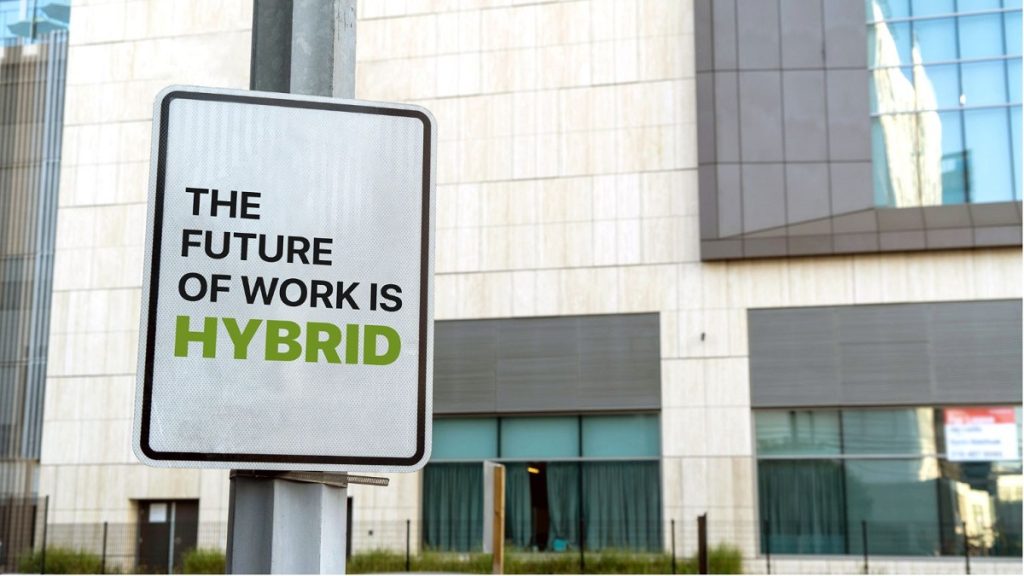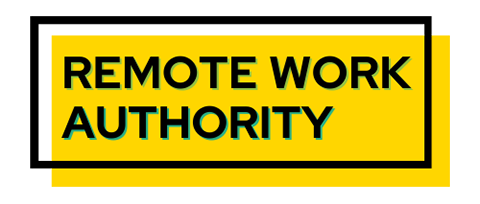What will happen in the world of remote work in 2024? The evidence is strong that employers will continue to insist that workers come back to the office. However, hybrid work will become more common, especially as companies figure out more effective ways to measure productivity.
As Remote Work Authority celebrates its first year of web presence, we are focused on what’s ahead for remote work in 2024. Despite return-to-work (RTO) mandates and staunch opposition to remote work by some, experts predict increasing numbers of completely remote and hybrid workers in the year ahead.
The State Of Remote Work Today
As we have voiced in our blogs and newsletter, remote work is possible for less than 40% of workers, particularly those involved in office work that is reliant on a computer without the need for face-to-face contact. Circumstances within particular companies may make it less workable – or keep management particularly resistant to it. At present, 12.7% of full-time employees work from home, while 28.2% work a hybrid model. By 2025, Upwork predicts that 22% will work remotely.
Remote work has impacted the commercial property values and the rental market while devastating small shops and restaurants depending on occupants of nearby buildings. Remote workers remain consumers to meet their workplace needs, but the beneficiaries have been coworking spaces, food delivery services like Uber Eats, DoorDash, and Grubhub, and other businesses nearer to their homes.
Public transit took a major hit during the pandemic and has not fully recovered. Due to flexible hours and hybrid work schedules, traffic levels that dropped in 2020 are still somewhat lighter overall.


As employers call workers back to the office, many workers don’t want to abandon the more flexible work rules of the past few years. Companies that turned a deaf ear to employee concerns face the most resistance to RTO mandates. Some companies, such as Smuckers, have found a way to blend employee needs with their own to create a model hybrid work plan that employees love.
Insights On What’s Coming For Remote Work In 2024
Remote Work Authority offers three insights for what may lie ahead in the next year.
More RTO Mandates, But With A Twist
As we ring in 2024, it is pretty clear that remote and hybrid work are here to stay. Both employees and companies can reap many cost savings and other benefits. To make it work, both groups must be clear about their needs and expectations. A mix of transparency and communication will make it the new normal for a growing number of businesses and their workforces.
In 2023, businesses that wanted their employees back in the office issued RTO mandates that infuriated many workers. Some workers show their dismay by clocking in to socialize with colleagues and then leaving, while others became more and more disengaged. The companies most successful in getting people in the office were those who communicated with workers to understand their needs and then allowed flexible schedules.
Predictions from Fast Company suggest that mandates will be plentiful in the new year, but they will be different than before. The expectation is that workers will report to the office some days a week, but seldom five. Employers will be more flexible and establish work policies to satisfy current employees and attract new talent.

Employers surveyed for Glassdoor’s 2024 Workplace Trends report indicated they plan to spend less on employee perks, benefits, and experiences in the new year and rely more on offering flexibility.
Performance Management, Not Presentism Should Be The Goal
Much of the debate over remote work has been based on the concept of presentism. Many employers are concerned with attendance or “butts in seats,” which encourages many workers to act like they’re working by jiggling their mouse, switching between tabs, and shuffling papers. Some people come to work when they’re a little sick and amble through the day rather than miss work. The resulting productivity theater neither leads to productive work being done nor gives the employee needed sick time or a relaxing break that might spur them onto greater productivity that day. By being more flexible in work hours and locations, companies could save $1.5 trillion per year, the current cost of presentism.
Nearly 20 years ago, the Harvard Business Review argued that presentism is more costly to businesses than absenteeism as it reduces productivity by a third. More recent studies by Qatalog and GitLab found that even virtual workers lost 67 minutes a day sitting in unnecessary meetings as well as mouse jiggling to seem like they were working.
While companies need to measure productivity, time at the office or online does not equate to being productive. Companies need to incorporate effective performance management systems and measure workers with more useful metrics.
Zeroing in on ways to increase productivity and measure the results may neutralize some objections to remote work.

Implement A Simple But Ignored Tip For Productivity
Improving productivity does not necessarily require intricate software, much less increased micromanagement by leadership. Sometimes, simple, common-sense solutions can result in big changes.
Students of workplace culture ponder ways to make employees more productive, but a Harvard professor published a seminal paper in 1999 when she was a researcher at the University of Michigan. Leslie Perlow studied the “time famine,” where you feel you have more to do than time allows. She based her observations on a team of 17 engineers charged with developing a new printer over a period of nine months.
She found that team members lost countless hours a day updating their bosses on status, having impromptu conversations with coworkers, or putting out minor fires to the detriment of their real work that would move the project forward.
What she suggested was a “quiet protocol” that establishes a quiet time policy with no interruptions on certain days of the week or certain times of the day. The result of removing interruptions was a 65% productivity rise. Her concept of establishing a time of no interruption remains a compelling idea that few companies utilize. Yet, researchers continue to study the same thing and reach similar conclusions. For example, a recent study published in the MIT Sloan Management Review showed that three meeting-free days a week led to an even higher productivity to 73%. Research on deep work by Cal Newport is based on the same concept.
The idea is one that even remote workers could adapt by limiting the times they check e-mail, schedule meetings, or engage in other activities that eat up time without accomplishing anything. If companies tried this approach on a larger scale, they might see surprising upticks in their bottom line.



